The ideal and greenest of the green burials scenario would be a conservation burial adjacent to conservation land. In this scenario, the person would be buried in a shroud, preferably a shroud made of a recycled natural material like an old quilt. The body would be lowered in the grave by ropes or with a shroud board made of local wood, perhaps that even repurposed. The grave would be dug and filled in by hand. There would not be a marker, but GPS coordinates that would allow loved ones to find and visit the grave.
Ideals can be hard to reach. Sometimes we must do what we can and aim in the general direction of our ideals. We must never feel guilty because we could not accomplish the ideal. In fact, some of us do not want the greenest of green burials. Some of us want a marker of some kind. Several certified green cemeteries allow for stone markers, others do not. If you can get local stone, not import it from India or China, you are going down a better road. Educate yourself and make wise choices. If you need a few other hints, check out my Five Simple Green Burial Hacks.
Our choices make us who we are. If we choose to go green, we need to look at our lives and make changes in that direction. Not many of us are able to go off the grid and live on a homestead raising our own food and generating our own energy. I, for one, would love to have solar panels on my house, but I cannot do that today. When we make arrangements or prepare our own plans for burial, we have to take into consideration what we can realistically do. If we do not have a certified green burial cemetery near by, we make do with what we have. Like the rest of life, making burial choices is a balancing act. It might not be possible for us to achieve the ideal state where we do not negatively impact the earth, so make choices with which you can live. Do not be angry with yourself for your past choices; move forward in the knowledge you have gained. Know that not one of us is perfect. We are trying to do the best we can.

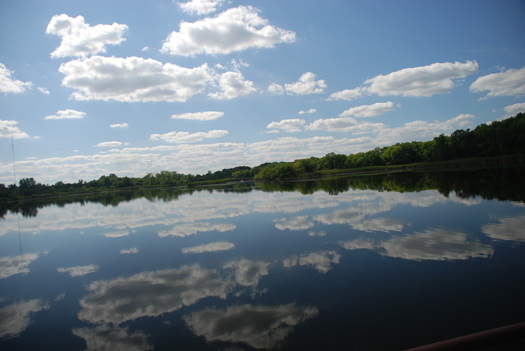
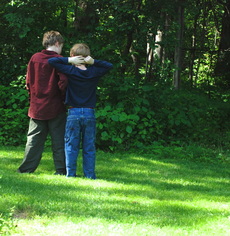
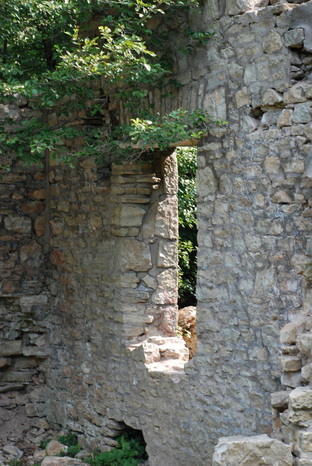
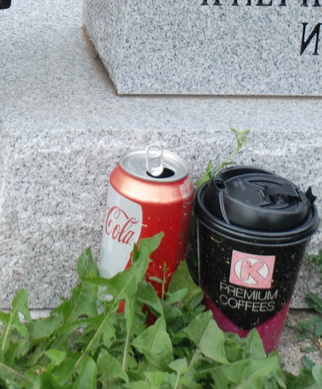
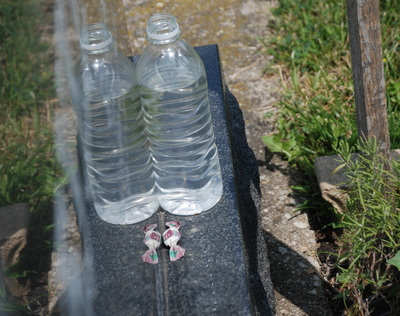
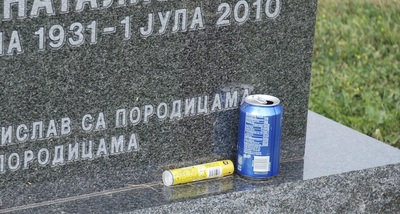
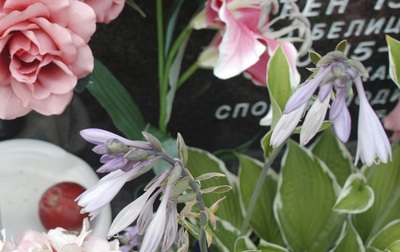
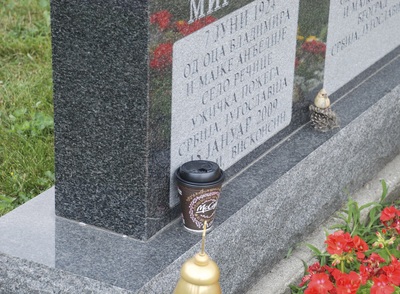
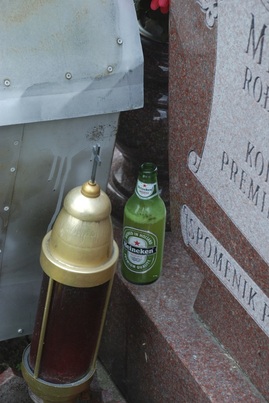
 RSS Feed
RSS Feed